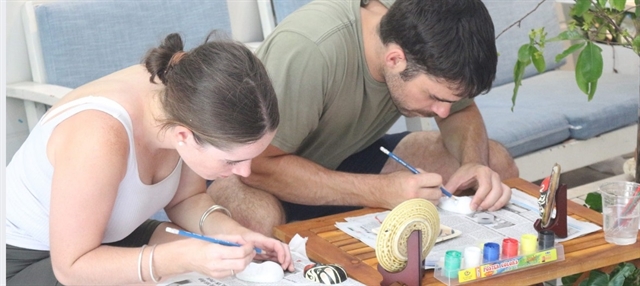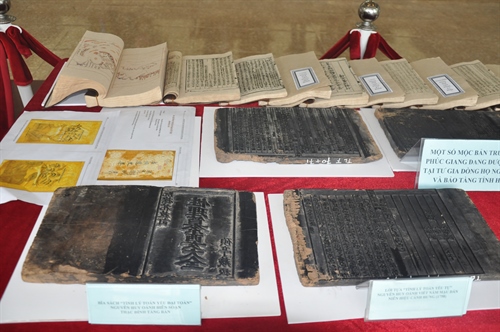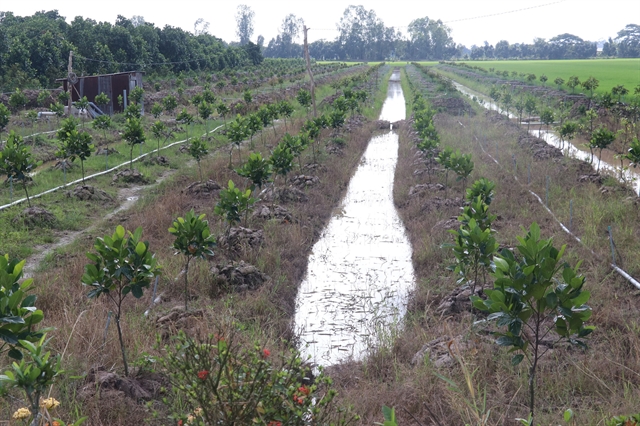 Life & Style
Life & Style

Hà Tĩnh Province’s People’s Committee has received the certificate recognising Phúc Giang School’s woodblocks as a UNESCO Documentary Heritage by Memory of the World Committee for Asia and the Pacific.
 |
| Phúc Giang School’s woodblocks have been recognised as a UNESCO Documentary Heritage by Memory of the World Committee for Asia and the Pacific. — Photo thanhtra.com.vn |
HÀ TĨNH — Hà Tĩnh Province’s People’s Committee has received the certificate recognising Phúc Giang School’s woodblocks as a UNESCO Documentary Heritage by Memory of the World Committee for Asia and the Pacific.
Speaking at the ceremony, Suzan Vize, acting chief of the UNESCO Office in Việt Nam, expressed her admiration for the creativity hidden in the woodblocks and confirmed the uniqueness of the heritage belonging to a family in Việt Nam.
Ambassador Phạm Sanh Châu, secretary-general of the Vietnam National Commission for UNESCO, said the recognition has confirmed the academic tradition of the Hà Tĩnh people in particular and Vietnamese in general.
The ambassador highly appreciated the efforts of the provincial authority, relevant organisations and the Nguyễn Huy family in preserving and making dossiers for the heritage. He urged the province to pay more attention to preserving and promoting the values of the woodblocks in Việt Nam, the region and the world.
The Phúc Giang School woodblocks, created by the Nguyễn Huy family during their cultural activities between the 18th and 20th centuries, were used for teaching and learning at the school in Trường Lưu Village.The total set used to number 2,000 blocks, but many have been damaged or destroyed over time. Presently, the set comprises 394 well-preserved blocks. They are the only ancient woodblocks created by a family for education preserved till today in Việt Nam.
Nguyễn Huy Mỹ, from the 16th generation of the Nguyễn Huy family, said the woodblocks were carved using traditional techniques, with words written in Chinese and Nôm (a classical vernacular script of the Vietnamese language). They reflect various values of the country related to culture, education, economy, society and exchange among different families. — VNS









